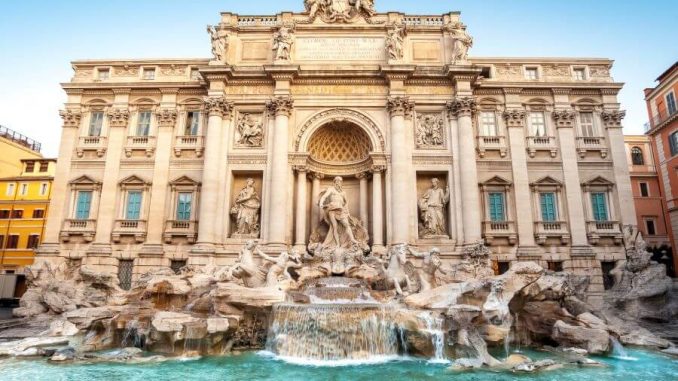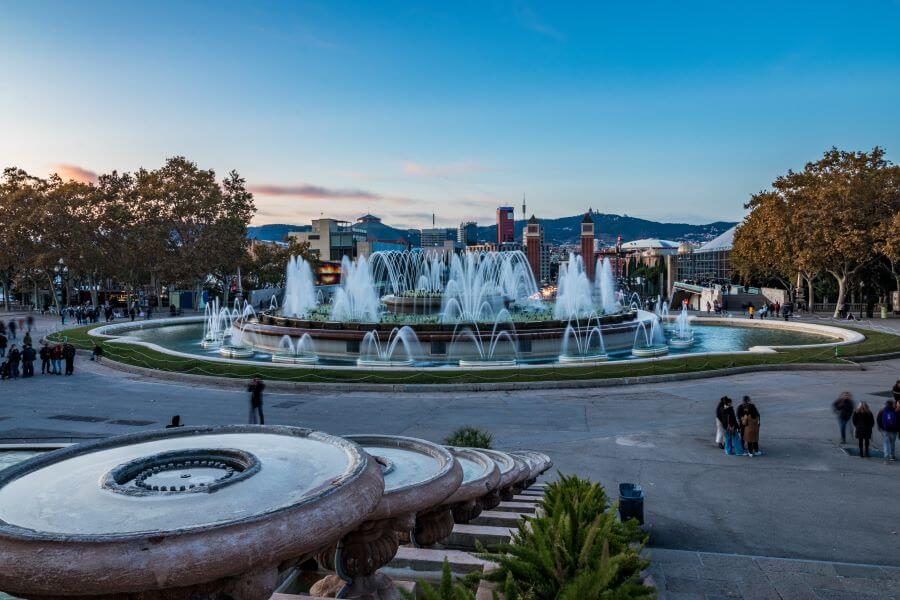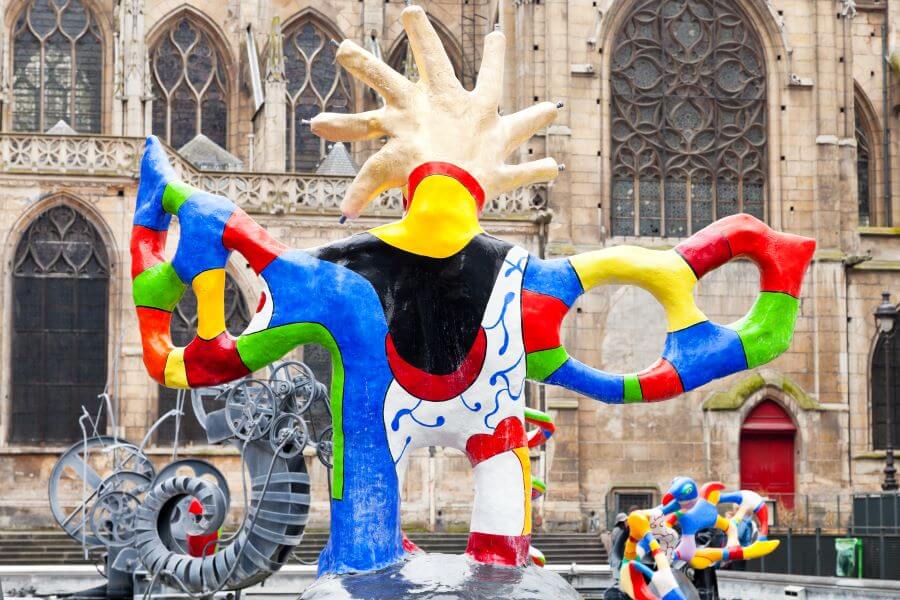
Water fountains have always been more than just decorative pieces—they are silent storytellers, mingling art and history. Through cascading waters, they reveal legends, myths, and literary wonders. For kids, these fountains turn everyday moments into magical journeys. So, could the next fountain you visit be hiding a tale your children won’t forget?

Myths and Magic
In Rome, fountains like the Trevi Fountain (main image) offer more than just aesthetic beauty, they are steeped in fantasy, weaving stories that have captivated generations. For children, tossing a coin into the Trevi Fountain is more than a simple wish. It is an initiation into the legend that promises their return to Rome. This act, combined with the majestic sculptures of Oceanus and the sea gods, brings to life ancient Roman mythology. The sculptures of tritons and seahorses emerging from the swirling waters spark imaginative visions of underwater kingdoms, mythical beasts, and gods who control the seas. For a child, standing before such a grand, historical piece is like stepping into a storybook where each sculpture tells a new chapter.
Equally magical is Barcelona’s Magic Fountain of Montjuïc, which entrances its audience with spectacular musical and light shows. As children watch the fountain transform into a glowing, dancing water display, their senses are engaged by the synchronized harmony of water, light, and music. A water curtain effect adds an extra layer of enchantment as if they are watching a scene unfold behind a shimmering veil. This evokes feelings of awe, encouraging them to imagine otherworldly realms hidden behind the flowing water. It’s not just about seeing a fountain—it’s about experiencing a world where water becomes a storyteller, making the magic of myths and legends feel tangible and real for young minds.

Storytelling and Imagination
Paris is home to more than just historical landmarks, there are also artistic fountains that tell stories. One prime example is the Stravinsky Fountain, located near the Pompidou Centre. This vibrant fountain celebrates the music of Igor Stravinsky, with its colourful, animated sculptures moving and spraying water in sync with his famous compositions like The Firebird. Each sculpture represents a different part of his work, turning the fountain into a playful tribute to his art. As children watch the whimsical figures—some shaped like birds, others resembling musical instruments—interact with the water, their imaginations are sparked by the fusion of music and movement. The blend of water, music, and visual art provides a sensory-rich experience, transforming learning into a fun, interactive journey for young visitors.
Another hidden gem is the Fontana di Nettuno in Bologna, Italy. This impressive fountain showcases Neptune, the god of the sea, standing tall with his trident. Surrounding him are sea nymphs and cherubs, each symbolizing various rivers, evoking the importance of water in ancient mythology. For children, this fountain becomes a link to the ancient world, bringing the myths of gods and heroes to life. The sheer scale of Neptune’s statue and the intricacies of the surrounding figures transport young visitors into a world of legend and storytelling, where they can imagine the power of the sea and the forces of nature embodied in the fountain.
These fountains are just a few examples of how water features across Europe can engage and inspire children’s imaginations. From mythological figures to playful, interactive designs, these structures hold stories that captivate young minds and enrich their understanding of art, culture, and history. Each one offers a new opportunity for discovery, turning an ordinary day into a magical, story-filled adventure.
